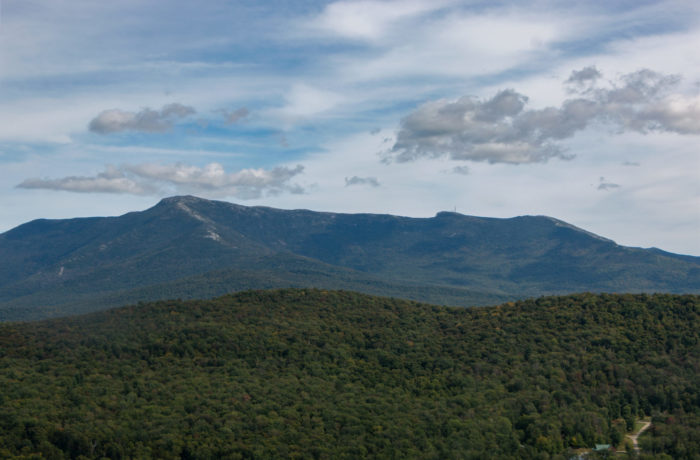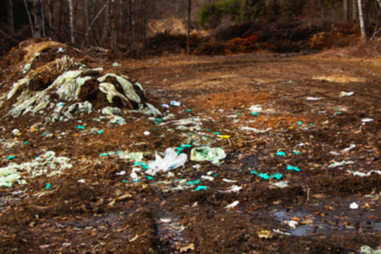By Rachael Prescott
Staff Writer
In between “The View” and the Burlington Airport stands 350 acres of land, once owned by the widow of Ethan Allen, and now belongs to St. Michael’s College. Although approximately 65 acres of this land is currently being leased to a local farmer to grow corn, the college is hoping to turn the entire acreage into a spot for student restoration projects, ecology projects, and potentially a site for students to actively engage with nature in the coming years.
The college has already begun some student projects. This summer, student researchers set up wildlife cameras to test if human presence had an effect on species richness. Overall, the study concluded that a large level of human presence decreases total abundance, but not the total number of species.
“I learned research techniques and how to conduct a full study that you can’t learn unless you are hands on,” said Jade Jarvis, ‘19, through an email, who worked this summer with the wildlife cameras. “This was an experience most students don’t get until grad school.”
Declan McCabe, chair of the biology department, is currently designing another project that involves the sandplain forest on the property, which is tucked behind the cornfields.
The sandplain forest is home to the pitch pine tree and the rarest wildlife habitat type in Vermont; over 23 rare plants depend on the open canopy and sand-like soils to survive in the ecosystem.
Walking through the forest feels like taking a step back in time when Vermont was scarcely populated. You are surrounded by wildlife that has persisted for longer than we can imagine and this provides a sense of respect for the land.
However, due to generations of invasive oak and white pine trees growing taller than the pitch pine, there isn’t enough light accessible for the young pitch pine trees to grow.
Also the oak and white pine trees cause leaf litter to cover the forest floor, and ultimately prevent the germination of pitch pine trees.
With the help of students to rake the leaves and allow the germination to continue, McCabe hopes to restore the unique ecosystem.
An important piece to these restoration projects is the student role in recovering the habitat value of the land while gaining experiential learning. With a project like the restoration of the sandplains forest, students will be given the opportunity to work firsthand in a rare environment to recover the damaged ecosystem, offering a unique hands-on learning experience for the students in biology and environmental science courses.
“Increasing students’ and professors’ access to the land across the street from SMC would not only allow us to study these issues up close,” Trevien Stanger, an environmental science professor at the college,and fellow advocate for the expanded use of the land said.
He continues, “They could also grant us the opportunity to design and implement hands-on projects where we can demonstrate that humans, in this case SMC students, can have a positive impact on our local environment.”
McCabe emphasized the importance of the decreased phosphorus export into Lake Champlain as a result of these future restoration projects.
Since the 1990’s, the Lake Champlain Basin Program and the Department of Environmental Conservation at a state level have aimed to lessen the amount of phosphorus exported into the lake; a task that has been difficult. According to McCabe, plowing the 65 acres each year causes the runoff of phosphorus-soaked soil and contributes to the pollution to Lake Champlain. However, by having a floodplain forest instead of a regularly plowed field, St. Michael’s can locally control their export into the lake and help meet some of the targets that the Department of Environmental Conservation set.
In addition to the ecological aspect of the future use of the land, there is potential to use some areas as a place for students to actively engage with nature.
Professor Richard Kujawa, a geography professor and fellow advocate for new use of the land, sees 350 acres as enough land for a wide array of possibilities.
“Imagine a sculpture in the trail made by another St. Michael’s student,” Kujawa said. “Then think of ten other ideas like that. There’s so much we can do.”


